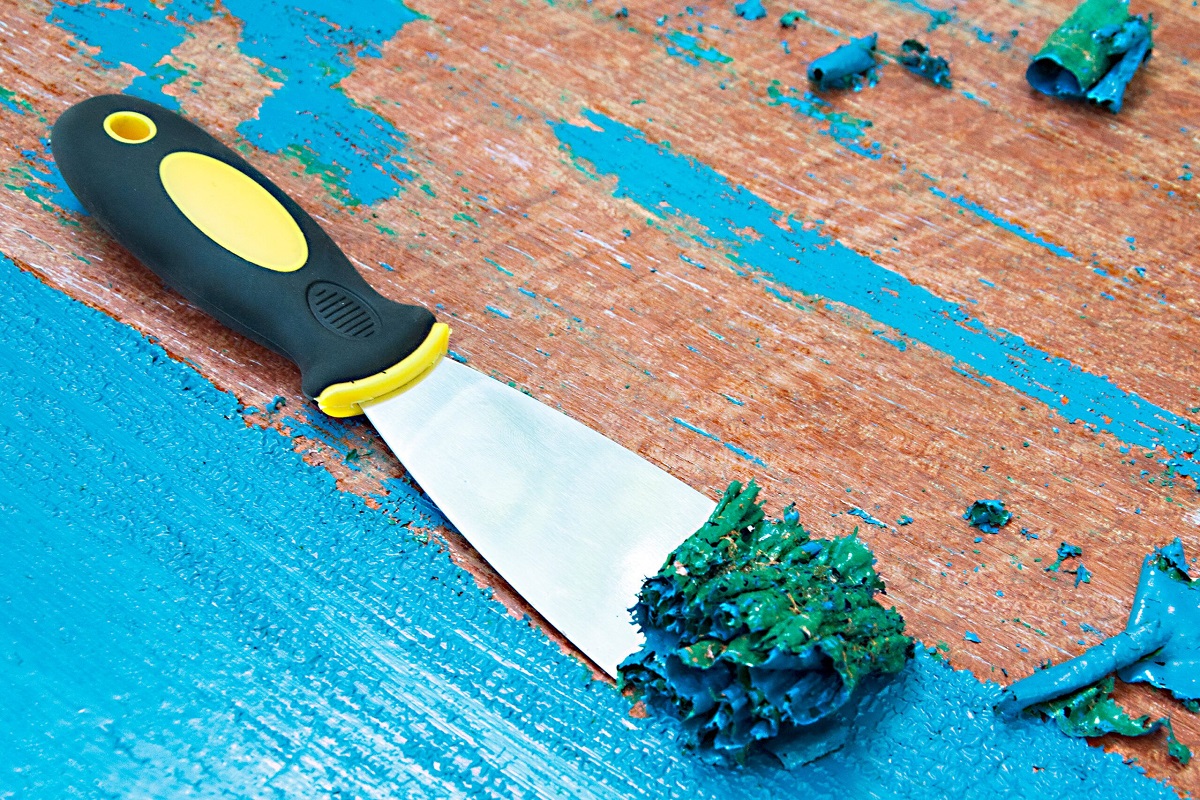Citristrip is a paint and varnish stripper that is safe to use indoors. It is made with citrus oils, so it has a pleasant smell and is not as harmful to your health as other chemical strippers. Citristrip is effective at removing a variety of paints and varnishes, including latex, oil-based, and polyurethane. It is also safe to use on wood, metal, and masonry. This content is presented by Thinkhousecreative.com.
If you are looking to strip old paint or varnish from furniture, cabinets, or other surfaces, Citristrip is a great option. It is easy to use and relatively inexpensive. Here is a step-by-step guide on how to use Citristrip:
Prepare the Surface
The first step is to prepare the surface that you will be stripping. Remove any loose paint or varnish with a putty knife or sandpaper. If the surface is dirty, clean it with a mild detergent and water. Explore citristrip paste vs gel.
Apply Citristrip
Apply Citristrip to the surface with a paintbrush or roller. Apply a thick coat, making sure to get into all the nooks and crannies. The thicker the coat, the more effective the stripper will be.
Let Citristrip Sit
Let Citristrip sit for 30 minutes to 2 hours, depending on the thickness of the paint or varnish. The longer the stripper sits, the more effective it will be.
Scrape Off the Old Finish
After the Citristrip has sat for the desired amount of time, use a putty knife or scraper to remove the old finish. Be careful not to scrape too hard, as you could damage the underlying wood.
Clean Up
Once you have removed the old finish, clean up the Citristrip with a damp cloth. Be sure to wear gloves and eye protection when working with Citristrip, as it can irritate the skin and eyes.
Sand the Surface
If you are not satisfied with the results of the Citristrip, you can sand the surface to remove any remaining paint or varnish. Be sure to use a fine-grit sandpaper to avoid damaging the wood.
Finish the Surface
Once you have sanded the surface, you can apply a new coat of paint or varnish. Be sure to choose a finish that is compatible with the type of wood that you are working with. When it comes to outdoor wood furniture, ensuring its longevity is essential. To provide the best protection for outdoor wood furniture, consider using finishes designed to withstand the elements and prevent damage from sun, rain, and other outdoor factors. This will help your furniture maintain its beauty and structural integrity over time.
Here are some additional tips for using Citristrip
- Work in a well-ventilated area. Citristrip has a strong citrus smell, so it is important to work in a place where you can get fresh air.
- Wear gloves and eye protection when working with Citristrip. It can irritate the skin and eyes.
- If you are stripping a large surface, it may be helpful to use a plastic drop cloth to protect the surrounding area.
- Citristrip can be messy, so be prepared to clean up.
- If you are not sure how to use Citristrip, consult the instructions on the label.
Here are 5 FAQs about using Citristrip
- How long does Citristrip take to work?
Citristrip can take anywhere from 30 minutes to 2 hours to work, depending on the thickness of the paint or varnish. The thicker the coat, the longer it will take for Citristrip to work.
- Can I use Citristrip on any surface?
Citristrip is safe to use on wood, metal, and masonry. It is not safe to use on plastic or painted surfaces.
- Do I have to sand after using Citristrip?
You do not have to sand after using Citristrip, but it may be helpful to do so if you are not satisfied with the results. Sanding will help to remove any remaining paint or varnish and smooth out the surface.
- How do I clean up Citristrip?
Citristrip can be cleaned up with a damp cloth. Be sure to wear gloves and eye protection when cleaning up Citristrip, as it can irritate the skin and eyes.
- What are the safety precautions for using Citristrip?
Citristrip is generally safe to use, but it is important to follow the safety precautions on the label. Some of the safety precautions include:
* Working in a well-ventilated area
* Wearing gloves and eye protection
* Avoiding contact with skin and eyes
* Keeping Citristrip out of reach of children and pets

